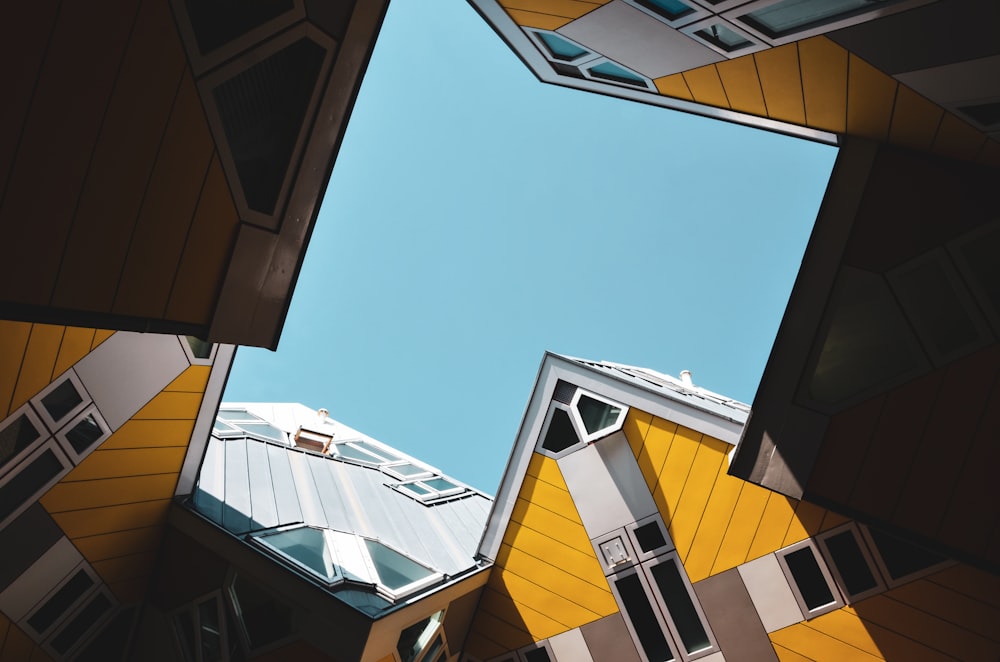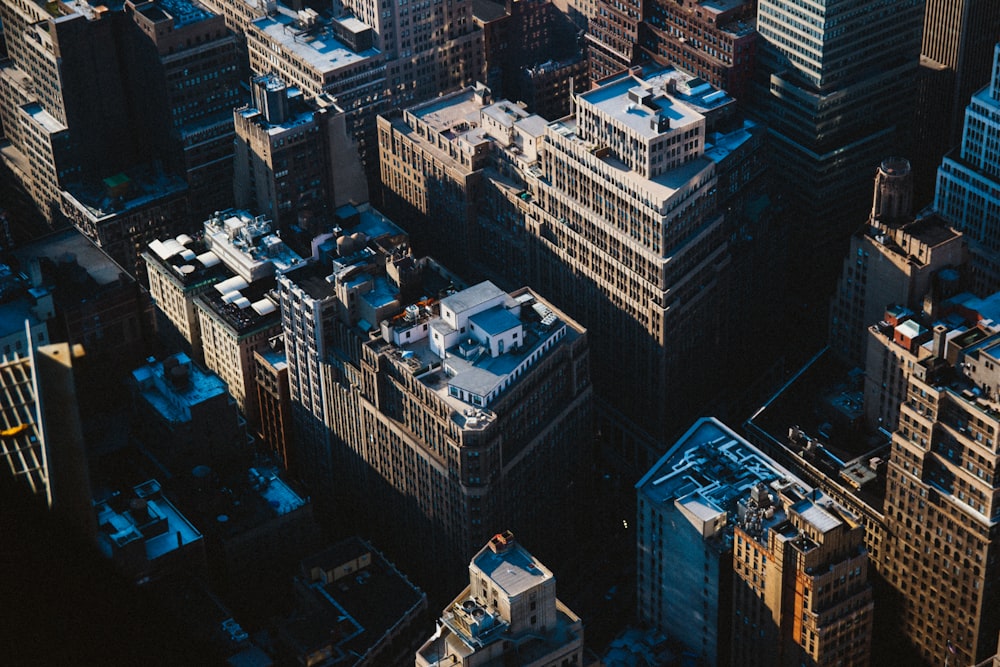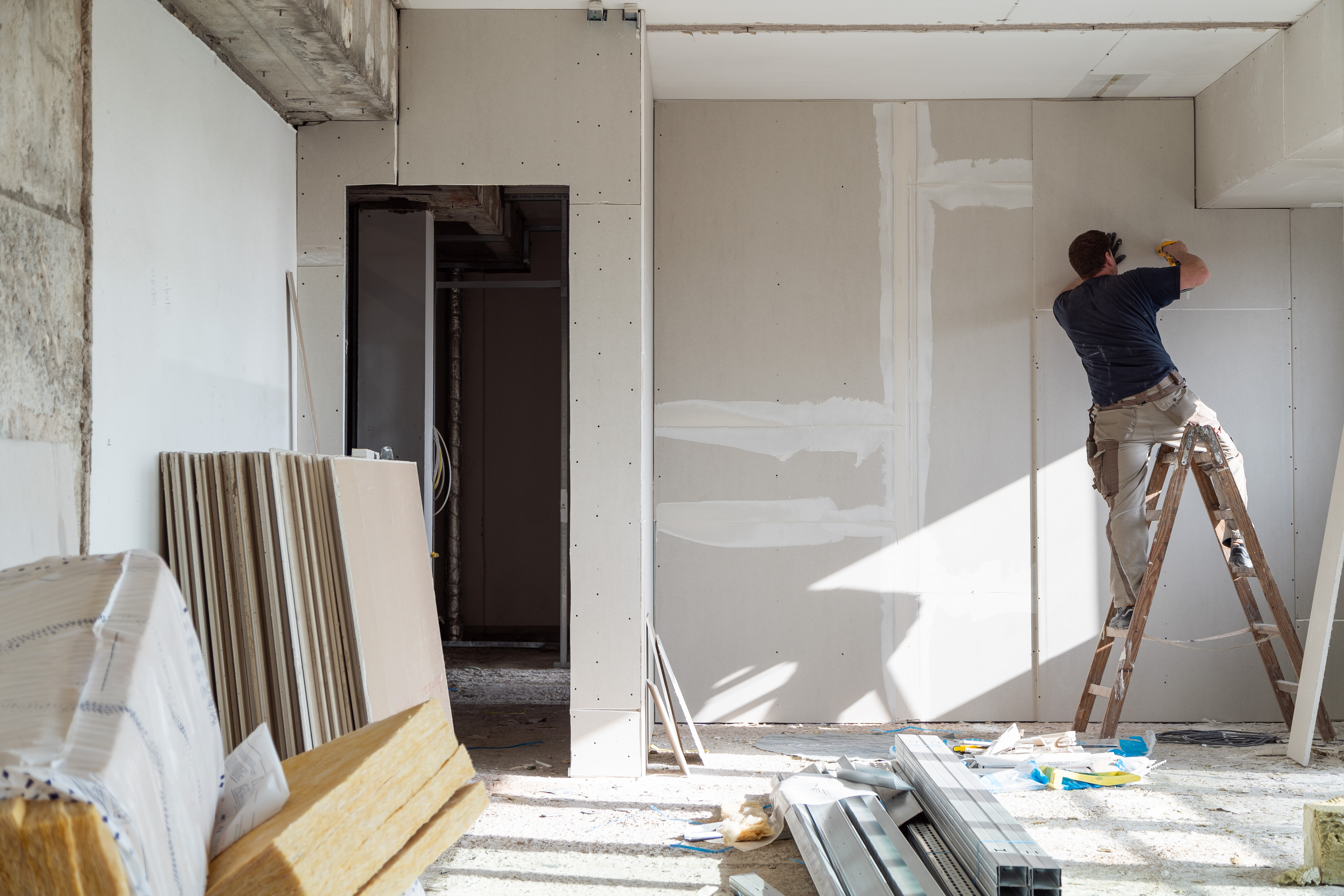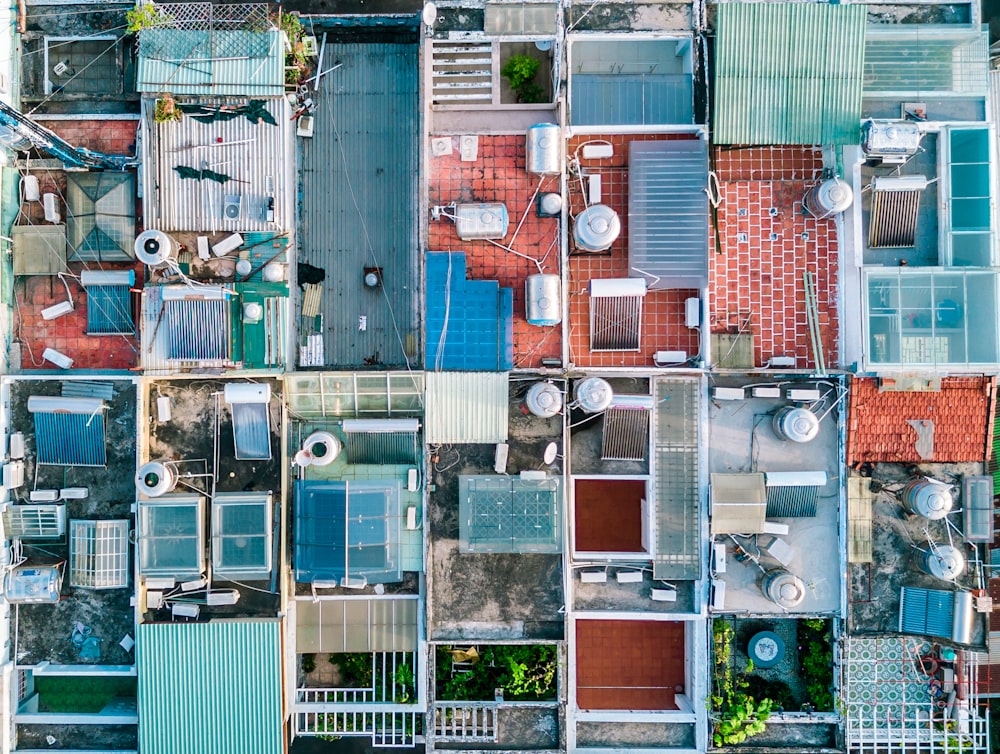Celebrating Brazil’s Architectural Diversity
A Legacy of Cultural Influences
Brazil’s architectural tapestry is a vibrant reflection of its rich and diverse cultural heritage. From colonial influences to indigenous traditions, and the modernist movements of the 20th century, Brazil’s architecture is a kaleidoscope of styles that tells the story of its people and history.
Colonial Roots: Baroque Splendor
One of the most prominent styles in Brazil’s architectural history is Baroque, brought by the Portuguese colonizers. This style is seen in the intricate churches and cathedrals scattered across the country, with ornate facades, elaborate detailing, and dramatic interiors that leave visitors in awe of its grandeur.
Tropical Modernism: Oscar Niemeyer’s Legacy
Brazil’s architectural landscape took a modern turn with the emergence of Tropical Modernism, spearheaded by legendary architect Oscar Niemeyer. His iconic designs, such as the futuristic curves of the Brasília Cathedral and the sinuous lines of the Niterói Contemporary Art Museum, have become symbols of Brazil’s architectural innovation.
Cultural Fusion: The Influence of Indigenous Design
Brazil’s indigenous peoples have also left their mark on the country’s architecture. Traditional structures, such as the Malocas of the Amazonian tribes or the Aldeias of the Pataxó people, showcase a deep connection to nature and a harmonious integration of the built environment with the surrounding landscape.
Art Deco Marvels: Rio’s Architectural Gems
In the bustling city of Rio de Janeiro, Art Deco architecture flourished during the early 20th century. The city is dotted with stunning examples of this style, from the iconic Copacabana Palace Hotel to the majestic Theatro Municipal. These buildings stand as elegant reminders of Rio’s glamorous past.
São Paulo’s Urban Jungle: Skyscrapers and Modernist Marvels
As Brazil’s largest city, São Paulo boasts a skyline that blends sleek modernist skyscrapers with historic landmarks. The Edifício Copan, designed by architect Oscar Niemeyer, is a prime example of this fusion, with its sinuous facade and sprawling urban complex.
Northeastern Charm: The Colorful Facades of Olinda
In the historic city of Olinda, located in Brazil’s northeastern region, visitors are greeted by a visual feast of colorful colonial architecture. The cobblestone streets are lined with charming houses adorned with intricate tiles and vibrant hues, creating a picturesque setting that transports visitors to another time.
The Amazon’s Vernacular Architecture: Sustainable and Practical
In the heart of the Amazon rainforest, traditional vernacular architecture still thrives. The stilt houses of the ribeirinhos, the river-dwelling communities, are built with locally sourced materials such as wood and palm leaves. These structures are not only sustainable but also perfectly suited to the region’s unique climate and environment.
Favela Aesthetics: Beauty in Resilience
Brazil’s favelas, often portrayed as symbols of poverty, also exhibit a unique form of architecture that reflects the resilience and creativity of their residents. Colorful houses stacked haphazardly on hillsides, connected by winding staircases and narrow alleys, create a vibrant and dynamic urban landscape.
Preserving Heritage: Restoration and Conservation Efforts
In recent years, Brazil has made significant efforts to preserve and restore its architectural heritage. Historic buildings and landmarks, such as the Pampulha Modern Ensemble in Belo Horizonte, have undergone careful restoration to ensure their cultural significance is maintained for future generations.
A Dynamic Landscape of Creativity
In conclusion, Brazil’s architectural tapestry is a dynamic and diverse landscape that encompasses a wide range of styles, from the grandeur of Baroque churches to the sleek modernism of Oscar Niemeyer’s designs. It is a reflection of the country’s history, culture, and natural environment, woven together in a kaleidoscope of colors, shapes, and textures. Exploring Brazil’s architectural wonders is not just a journey through time; it is an immersion into the creativity, innovation, and resilience of its people. Read more about brazilian architecture

:max_bytes(150000):strip_icc()/GettyImages-1084171152-8445a490b5894f0a9bb588dbfc2ac22d.jpg)











